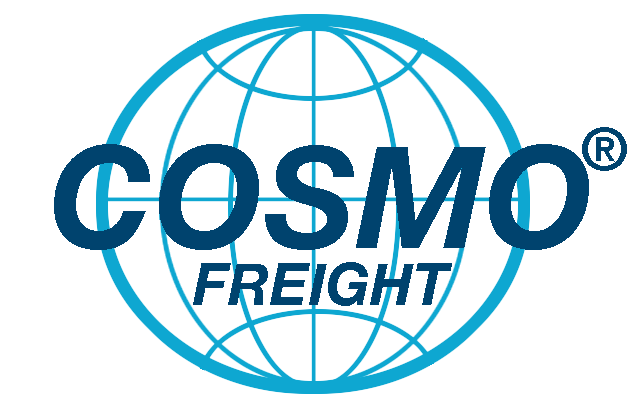Custom Value Calculation in Europe: Methodology and Legal Framework
Custom Value Calculation in Europe: Methodology and Legal Framework
The determi nation of the customs value in Europe is a critical process for international trade, as it ensures the proper assessment of duties, taxes, and statistical data. The customs valuation process in the European Union (EU) is governed by the **Union Customs Code (UCC)**, which establishes a harmonized system across all Member States.
nation of the customs value in Europe is a critical process for international trade, as it ensures the proper assessment of duties, taxes, and statistical data. The customs valuation process in the European Union (EU) is governed by the **Union Customs Code (UCC)**, which establishes a harmonized system across all Member States.
—
Legal Framework
1. Union Customs Code (UCC):
– The UCC, established under Regulation (EU) No 952/2013, provides the legal basis for customs procedures, including valuation.
– Supplementary provisions are detailed in the **Delegated Regulation (EU) 2015/2446 (UCC-DA) and the Implementing Regulation (EU) 2015/2447(UCC-IA).
2. World Trade Organization (WTO) Agreement on Customs Valuation:
– The EU follows the principles of the WTO’s Customs Valuation Agreement (CVA), which prioritizes fairness, uniformity, and accuracy in valuation.
—
Methods of Customs Valuation
The UCC outlines a hierarchical approach to customs valuation, mandating that the primary method is used whenever applicable. If the primary method is not feasible, secondary methods are applied in sequential order:
1. Transaction Value Method (Primary Method):
– Defined under Article 70 of the UCC, the transaction value is the price actually paid or payable for goods when sold for export to the EU.
– Adjustments may be made for:
– Commissions and brokerage fees.
– Cost of containers and packing materials.
– Assists (e.g., value of tools, materials provided by the buyer free of charge).
– Royalties and license fees related to the goods.
– Transportation, insurance, and loading costs up to the EU border.
2. Fallback Methods (Secondary Methods):
If the transaction value cannot be determined, the following methods apply in order:
– **Transaction Value of Identical Goods**:
– Based on the customs value of identical goods sold for export to the EU.
– **Transaction Value of Similar Goods**:
– Refers to the customs value of goods that are similar in nature, quality, and functionality.
– **Deductive Value**:
– Calculated based on the sale price of goods in the EU market, adjusted for import-related costs.
– **Computed Value**:
– Considers the cost of materials, production, and profit in the country of origin.
– **Fallback Method**:
– Used only when all other methods are inapplicable, based on reasonable means consistent with WTO principles.
—
Key Considerations and Adjustments
1. Incoterms:
– The valuation must reflect the cost elements depending on the Incoterm used (e.g., FOB, CIF). Adjustments are made to exclude post-import costs like inland transport within the EU.
2. Valuation Declaration:
– Importers must provide a Value Declaration (DV1) for goods valued above €20,000 or as required by customs authorities.
3. Exchange Rates:
– Customs value must be calculated using the official exchange rate published by the customs authority at the time of importation.
4. Customs Supervision and Compliance:
– Customs authorities may scrutinize the declared value to prevent undervaluation and ensure compliance with legal standards.
—
Legal References
– Union Customs Code (UCC): Regulation (EU) No 952/2013.
– UCC Delegated Act: Regulation (EU) 2015/2446.
– UCC Implementing Act: Regulation (EU) 2015/2447.
– WTO Customs Valuation Agreement.
—
Conclusion
Customs value calculation in Europe is a structured and legally regulated process aimed at ensuring fair trade practices. By adhering to the UCC and leveraging the prescribed methods, importers can achieve compliance, avoid disputes, and contribute to accurate trade statistics. Understanding the hierarchy of valuation methods and related legal requirements is essential for efficient customs operations.
The Cosmo Freight customs advisorsteam remains at your service for any further information and guidance regarding customs valuation and all aspects of customs and logistics related to your business. Feel free to contact us for expert support tailored to your needs.



